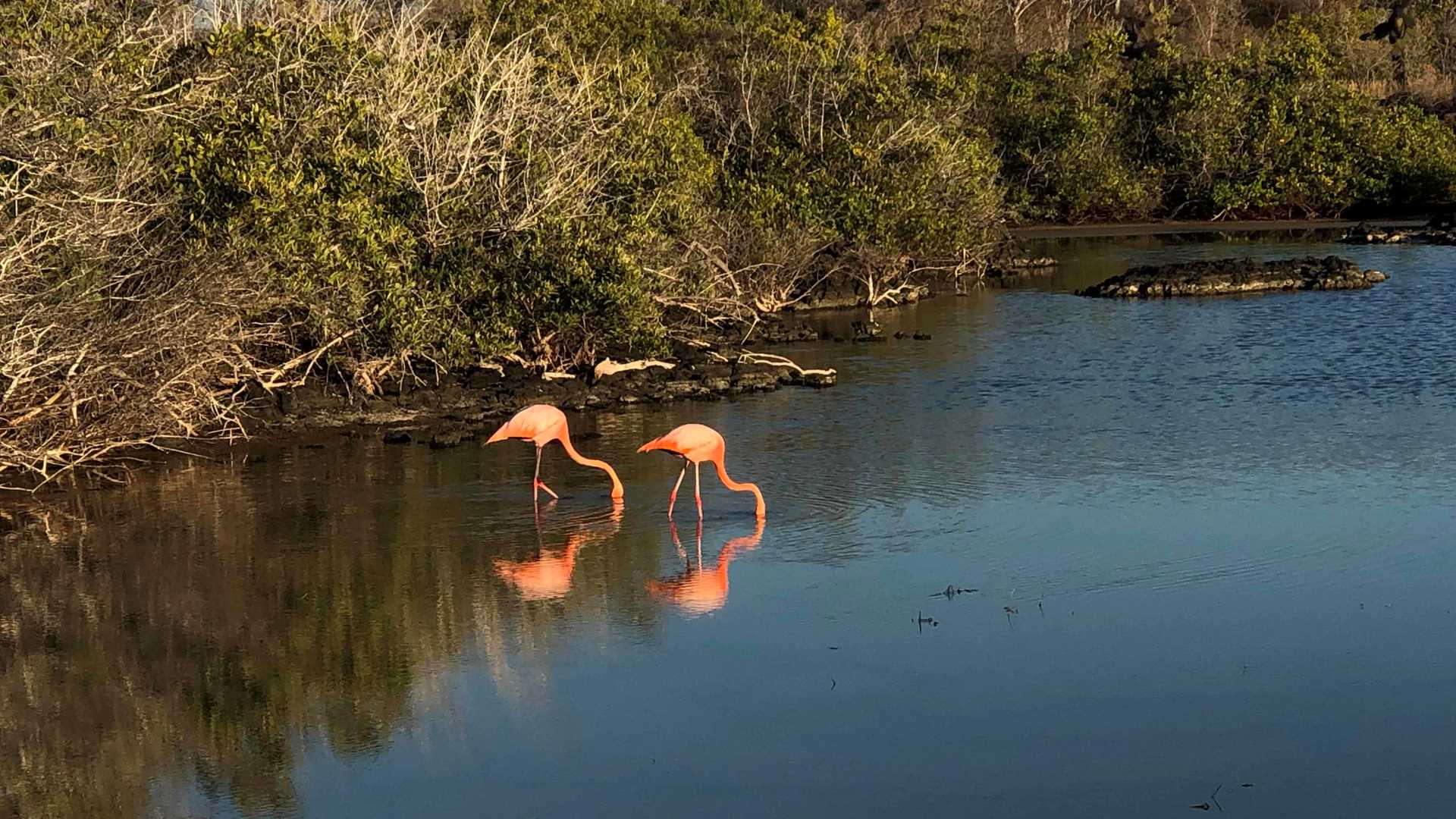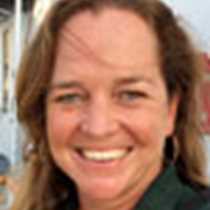The Galapagos Archipelago is a wild and wonderful place, a remote oceanic island group that rose from the sea from the active furnaces of the earth, born of fire and colonized from far away. The isolation of these islands has meant that only certain animal and plant groups were suited to both arriving and establishing here – it has been estimated that the entire flora and fauna of Galapagos can be accounted for by, on average, just one successful arrival and establishment event every 60,000 years! This has led to a disharmonic distribution of species, with an over-representation of reptiles and seabirds, and a near absence of all but marine mammals. Within many groups, such as the land birds, the diversity of the islands can be accounted for by speciation by natural selection rather than colonization!
We landed on the arid Baltra Islet yesterday, once home to a US airbase during WWII. We sailed a short distance to spend a wonderful first afternoon exploring a picturesque white beach on the north coast of Santa Cruz Island. Sea birds, dusky marine iguanas and colourful Sally Lightfoot crabs rested on the black volcanic rocks, whereas the wetlands behind the beach hosted several shore bird species, including the impressive Galapagos subspecies of greater flamingo.
Once back on board, we repositioned a short distance to the tiny North Seymour Islet, where after dinner we were treated to Galapagos sharks circling the waters around the ship under a spectacular equatorial night sky, showcasing both the Southern Cross and the Big Dipper!
The following day we took hikes on North Seymour among nesting colonies of great and magnificent frigate birds, blue-footed boobies and the unique swallow-tailed gulls – the latter being the only nocturnal gull in the world! During our hikes, we also came across several Galapagos land iguanas, originally introduced to this islet from the neighbouring Baltra in the ‘30s by American Scientist and Philanthropist Alan Hancock. During this dry season we could see how tightly intertwined their livelihood is with the native prickly-pear cacti, source of both food and water. Several land birds could also be seen, including the picturesque endemic Galapagos dove – one of which was found nesting in one of the cacti.
The afternoon found us exploring the island of Rabida, where we got to snorkel in the clear, chilly waters among many tropical fish and the occasional white-tipped reef shark, green sea turtle and Galapagos sea lion. This island is home to a unique beach of iron-rich red sand, that we got to explore at sunset. The Galapagos Archipelago has us spellbound already.









